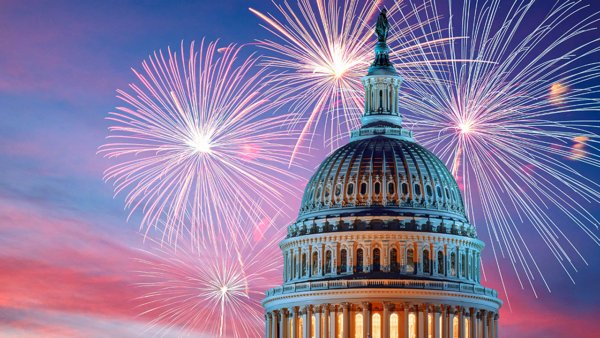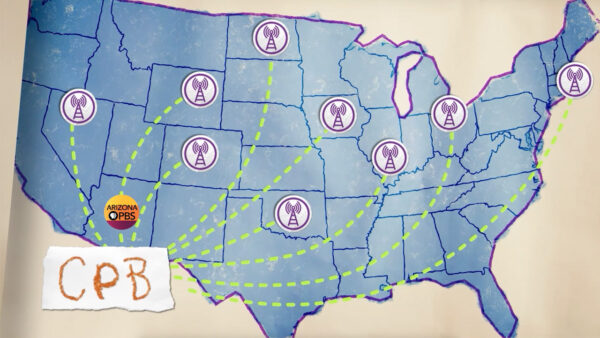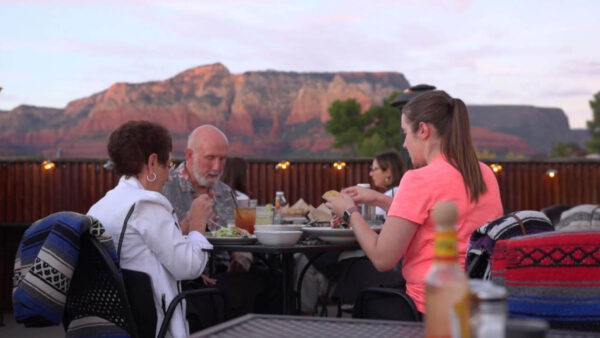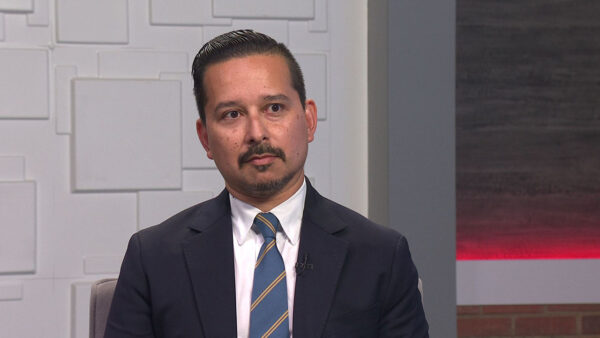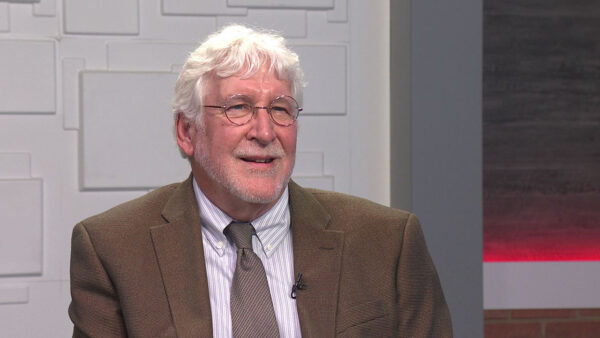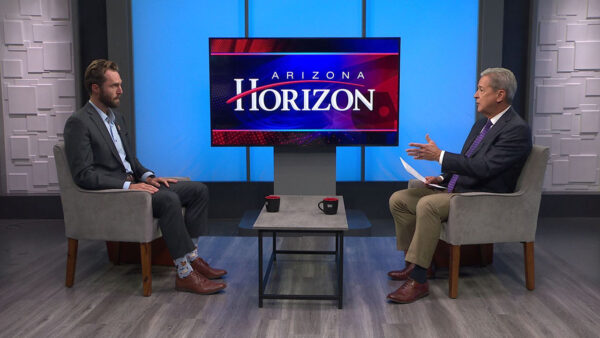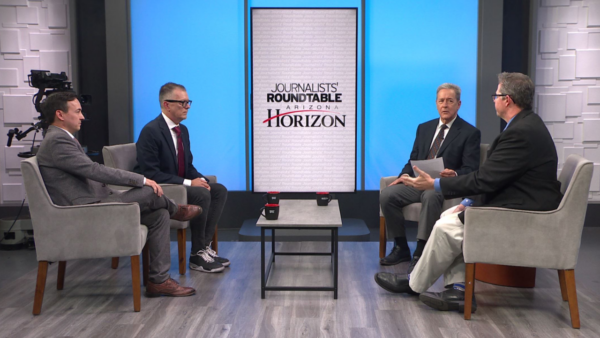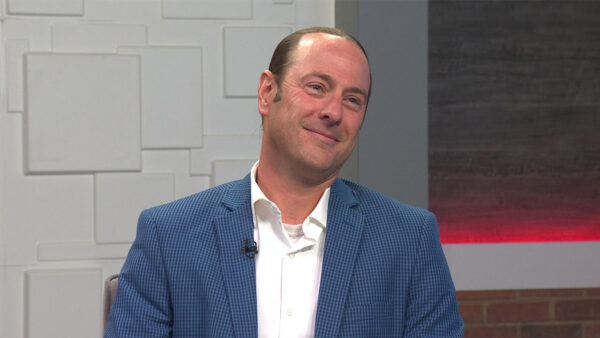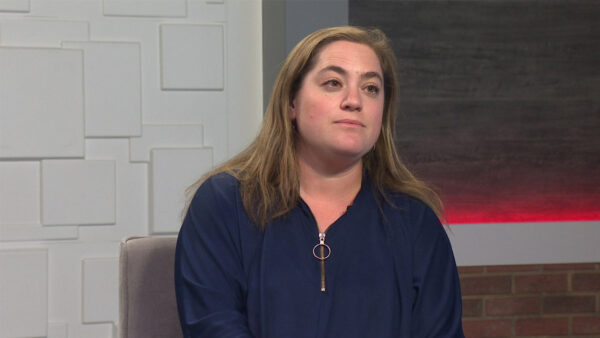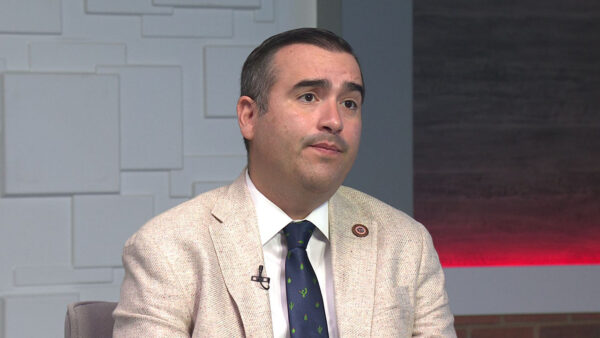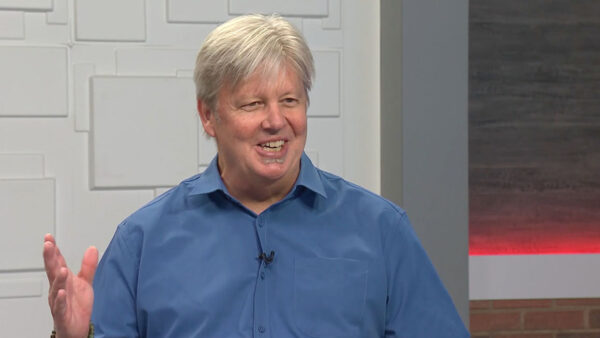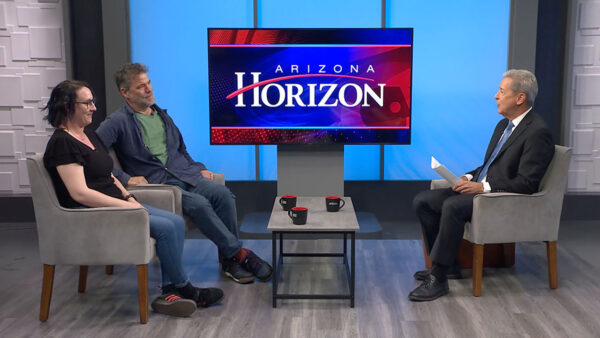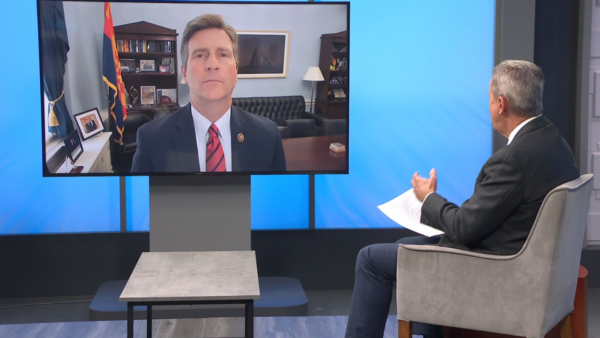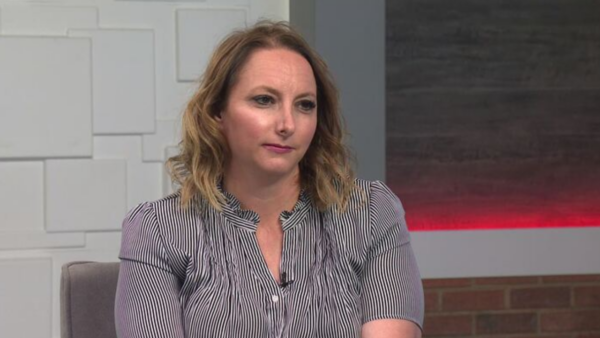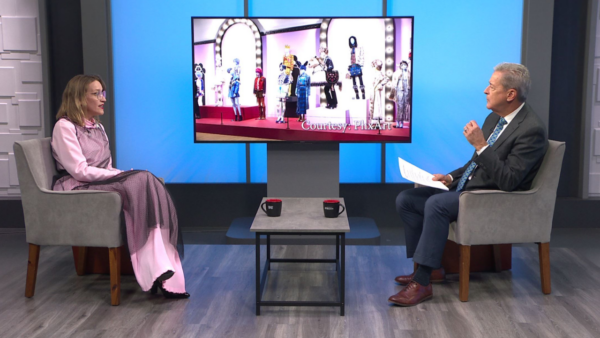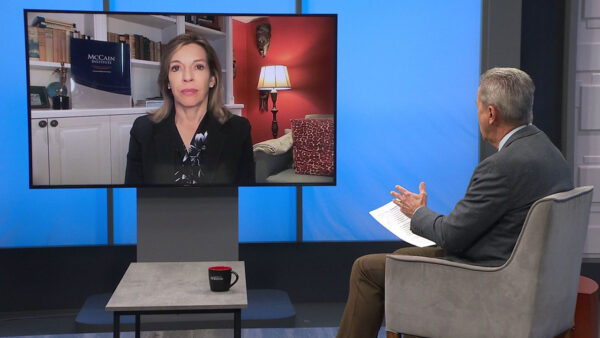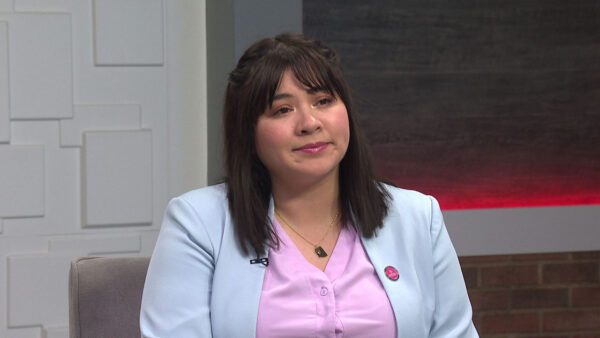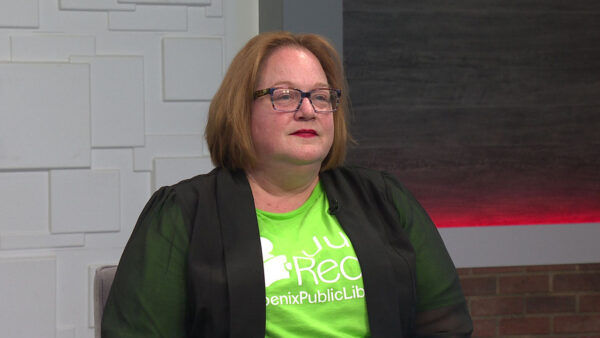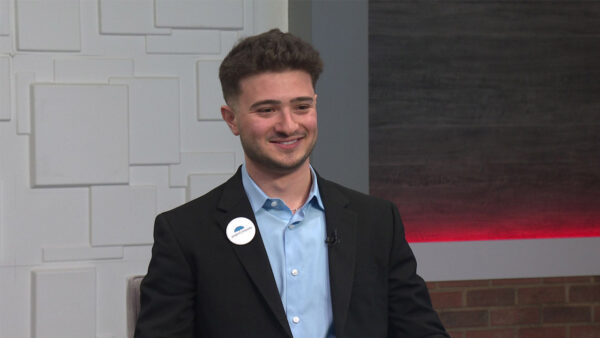Temperatures are soaring, and that brings on an increase in ozone, which is created in a chemical reaction spurred by heat. Excess ozone levels can cause health problems. Randy Cerveny, a weather expert and professor of geographical sciences at Arizona State University, will explain how ozone is formed and talk about the heat.
Ted Simons: Good evening, and welcome to "Arizona Horizon," I'm Ted Simons. The state Department of Environmental Quality issued an ozone health watch and high pollution alert today. Here to tell us what ozone is and why its potential health risks are so important is Randy Cerveny, Professor of Geographical Sciences at ASU. Good to have you here, thanks for joining us.
Randy Cerveny: My pleasure.
Ted Simons: Good to see you again. What is ozone?
Randy Cerveny: A lot of people have a misconception about ozone, because you hear about it in the national media in terms of global warming and that type of thing. When it's up at 20 to 30 miles up in the atmosphere, it's a gas that does a lot of good things for us. It absorbs ultraviolet radiation, keeps skin cancers low and keeps heat from getting near the surface of the earth. But near the surface when it is emitted by cars and cooked by the sun it is a pollutant. It is particularly bad on the lungs for people to breathe.
Ted Simons: We want more of the layer up there, we worry if it gets too low. But ozone can be made from things like car exhaust, these sorts of things?
Randy Cerveny: Right. The critical thing is that heat, the sunlight you have to cook; in essence, these substances that are coming out of the cars. In the presence of a lot of sunshine, you can take these particular pollutants that come out of vehicles and industry, and create a new oxygen molecule, three atoms of oxygen as opposed to just two. Two is what we normally breathe. Ozone is three atoms of oxygen.
Ted Simons: So what constitutes an ozone warning? Ground level ozone that gets to a certain level?
Randy Cerveny: The wind, the values of ozone as measured by a number of different monitoring sources around the Valley, get close to a particular value preset by the Environmental Protection Agency, and then we start to talk about watches and warnings. The problem is health related. When we breathe in ozone, it causes our lungs to basically toughen. It's like what happens to skin when it's exposed to solar radiation, we get leathery skin. It's harder to breathe when you get leathery lungs.
Ted Simons: Is it reversible? Is it an instant kind of a reaction?
Randy Cerveny: No, the longer you take in this ozone, the worse the condition can be. While people are going to experience problems when you have an accidence, the more accidence you have the worse it's going to be.
Ted Simons: And the more sensitive your lungs, the worse it is for you.
Randy Cerveny: Exactly. The young and elderly are particularly at risk with these watches and accidences.
Ted Simons: How often does the Valley get ozone watches and warnings?
Randy Cerveny: The critical things we need to have to have these bad ozone days are a lot of sunshine and light winds. We're getting about 14 hours of sun during the day, and very, very light winds. So that windless sunlight cooks these organic compounds coming out of cars into ozone, there's nowhere for them to go, they sit over the Valley. This ridge of high pressure that's caused weak winds over the Valley is breaking down. This is probably the last day we will have to worry about this. But the problem has been, we've had very weak winds over the Valley for the last three days.
Ted Simons: The Valley, when we hear about ozone watches and warnings in the Valley, what about other parts of the state?
Randy Cerveny: Believe it or not, the problems we can have here can be advected, moved all the way out to places like Yuma. The ozone recorded at Yuma and Bullhead City over the last few days has been very high over there, as well, because of us.
Ted Simons: Because of us.
Randy Cerveny: The winds are slowly pushing some of that material over us towards the western part of the state.
Ted Simons: So sunshine does make a difference, it cooks these gases into a ground level ozone. The wind can disburse it a little? Why is the wind a factor, as well?
Randy Cerveny: The winds are the disbursement. So if we don't have wind, it sits over the Valley and we have to take it in and breathe it and that kind of thing. It's when we get a low pressure system or some kind of stronger pressure gradient moving across the Valley that we can start to push this out. Then it gets disbursed with the rest of the atmosphere and becomes less of a problem.
Ted Simons: I've got to tell you, I don't remember as a kid growing up and hearing about ozone in particular. But ozone warnings and watches in general. Is this a relatively new situation here?
Randy Cerveny: Unfortunately, it is. It's really come to fruition in the last, say, to years, and it's due to the growth of the Valley. As we have more and more people, more and more cars and more and more things that are producing these volatile gases that can be cooked into ozone, the greater the potential for having an ozone accidence. The greater the population and the number of vehicles producing the gases, the more likely we are going to have these things happening.
Ted Simons: It's always been there, just not in this abundance. Because more people, more cars, more exhaust, et cetera?
Randy Cerveny: Exactly.
Ted Simons: We can't let you go without some thoughts about the monsoon. You can't tell me what kind of monsoon we're going have, can you?
Randy Cerveny: Unfortunately, that's our hardest season of the year to forecast. All the precursors we normally like to look at, what's going on in the Pacific Ocean or the snowcover across the United States, they just have not been a good indicator of what's happening this year. We are going to have above normal temperatures this summer, but probably near-normal precipitation.
Ted Simons: You can't say if we have a lot of high temperatures early, that means X, or if you have low temperatures early, that means Y? Because I thought The high temperatures kind of suck up the warm air from Mexico?
Randy Cerveny: They do, they are a critical aspect of creating the monsoon circulation. The deserts heat up and draw in the air from the Pacific. But the problem is the direction that air is drawn in, the exact place where the hottest temperatures is part of the equation. Those things are happening on a day-to-day localized basis and it makes it really hard to forecast.
Ted Simons: I'll let you go on that one. Good to see you. Thank you for joining us.
Randy Cerveny: My Pleasure.
Randy Cerveny:Professor of Geographical Sciences, ASU;
